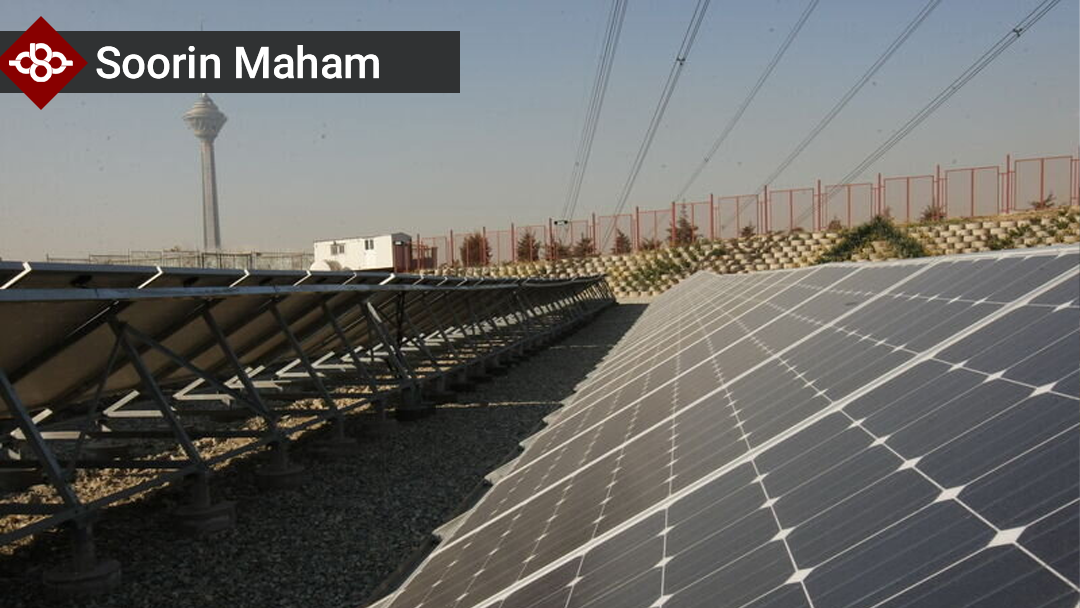Iran, a country traditionally known for its vast fossil fuel reserves, is increasingly focusing on renewable energy sources. This shift is driven by the need to address environmental concerns, reduce dependency on fossil fuels, and enhance energy security. Simultaneously, Iran's trading status is influenced by its energy policies and international relations. This article explores the current state of green energy in Iran and its trading status, highlighting the challenges and opportunities in both sectors.
Green Energy in Iran
Renewable Energy Potential
Iran has significant potential for renewable energy, thanks to its diverse geographic and climatic conditions. The country is well-suited for solar, wind, hydro, and biomass energy production. Solar energy, in particular, holds immense promise due to Iran's high solar irradiance levels, especially in the central and southern regions.
Government Policies and Initiatives
The Iranian government has recognized the importance of renewable energy and has implemented several policies to promote its development. The Sixth Five-Year Development Plan (2016-2021) aimed to increase the share of renewables in the energy mix to 5,000 MW. Additionally, the Renewable Energy and Energy Efficiency Organization (SATBA) has set ambitious targets to boost renewable energy capacity to 30,000 MW by 2030.
Current Projects and Achievements
Iran has made notable progress in renewable energy projects. The country has developed several solar and wind farms, with the Tafresh Solar Power Plant and the Manjil Wind Farm being prominent examples. These projects contribute to reducing greenhouse gas emissions and diversifying the energy mix.
Challenges and Barriers
Despite the progress, Iran faces several challenges in expanding its renewable energy sector. These include financial constraints, technological barriers, and the need for foreign investment. The economic sanctions imposed on Iran have also hindered the import of advanced technologies and limited access to international funding.
Trading Status of Iran
Trade Balance and Key Partners
Iran's trade balance has fluctuated over the years, influenced by global oil prices and international sanctions. As of the second quarter of 2024, Iran recorded a trade deficit of $828 million. The country's main trading partners include China, Turkey, the United Arab Emirates, and Iraq.
Export and Import Composition
Iran's exports are heavily dominated by oil and natural gas, which account for approximately 82% of total exports. Other significant exports include petrochemicals, agricultural products, and minerals. On the import side, Iran primarily imports machinery, iron and steel, and chemicals.
Impact of Sanctions
International sanctions have had a profound impact on Iran's trade. These sanctions have restricted Iran's ability to export oil and access international financial markets. Consequently, Iran has sought to diversify its economy and reduce its reliance on oil exports.
Opportunities for Trade Expansion
Despite the challenges, there are opportunities for Iran to expand its trade. The development of renewable energy can attract foreign investment and create new export opportunities. Additionally, Iran's strategic location and its potential as an energy hub can facilitate trade with neighboring countries.
Conclusion
Iran's journey towards green energy and its trading status are intertwined. The shift towards renewable energy not only addresses environmental concerns but also offers economic benefits by attracting foreign investment and diversifying exports. However, achieving these goals requires overcoming significant challenges, including financial constraints and international sanctions. With continued efforts and strategic planning, Iran can harness its renewable energy potential and improve its trading status, contributing to a more sustainable and prosperous future.
